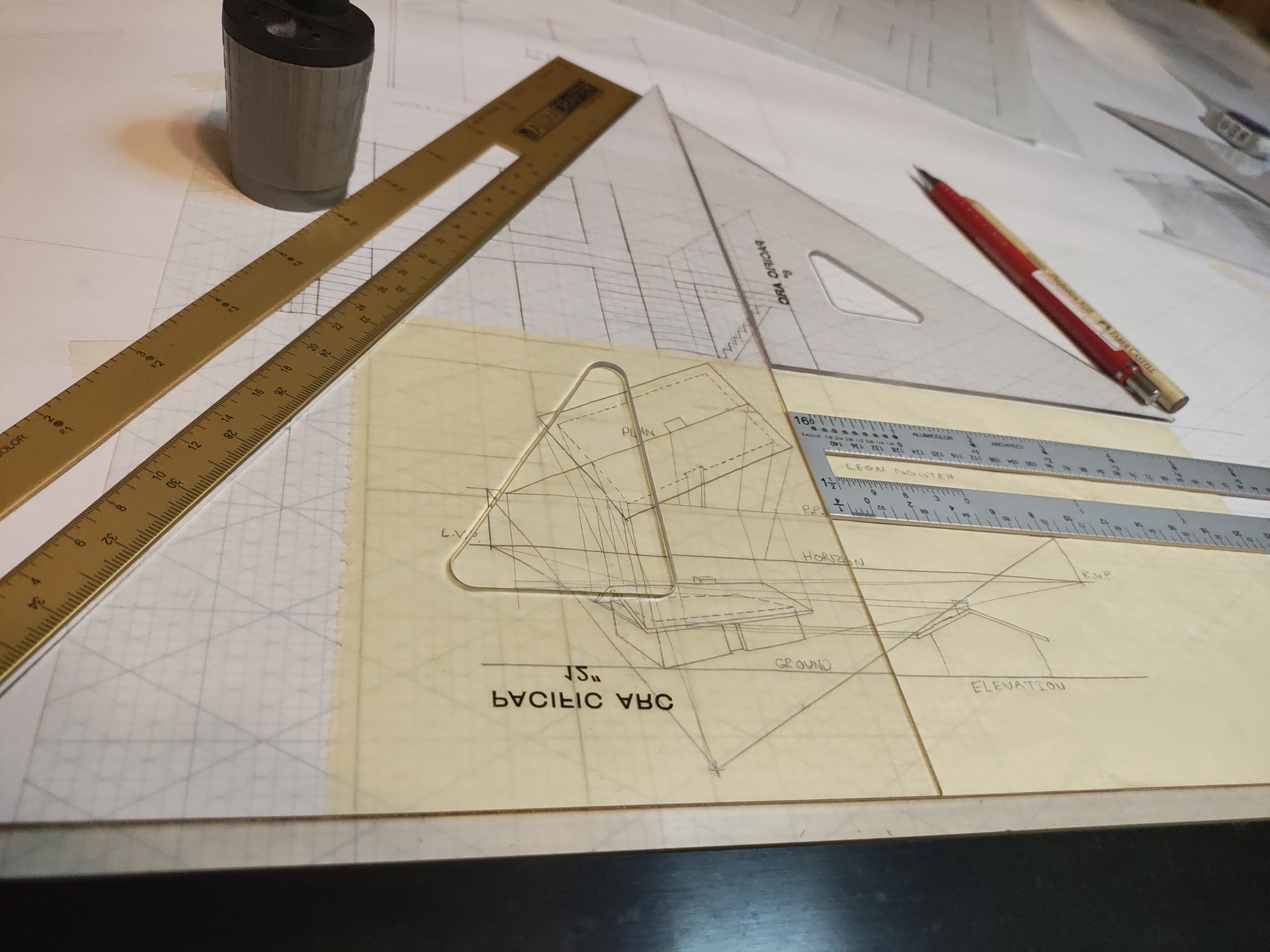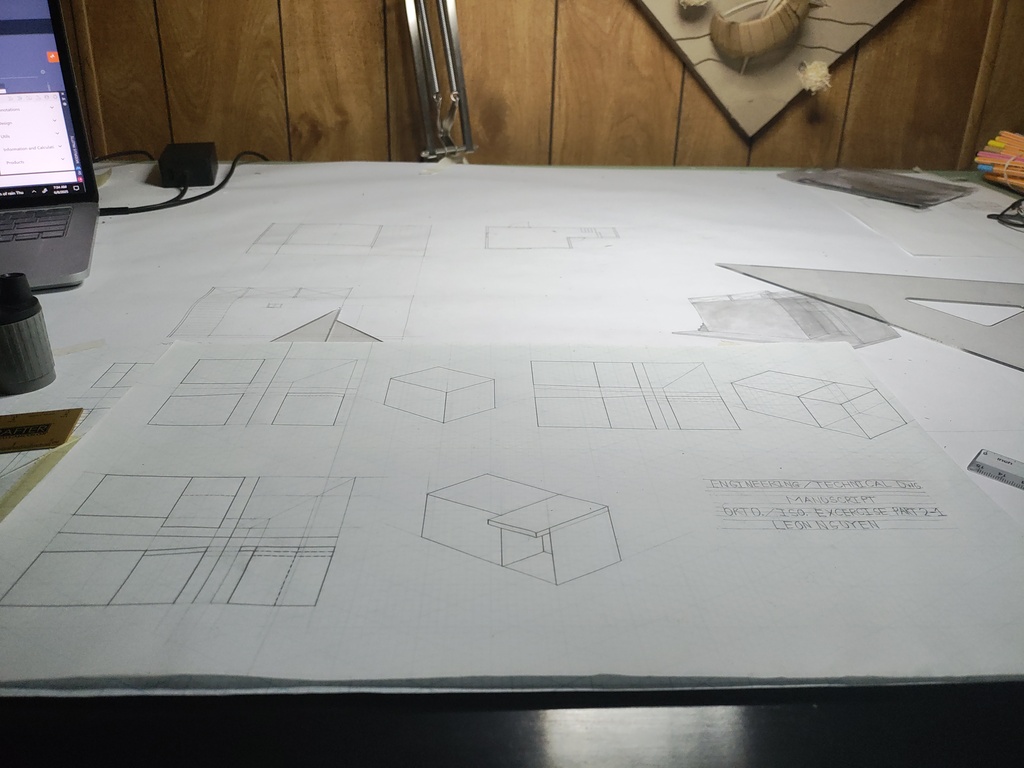An Introduction to Linear Perspective
Linear perspective visualizes the vast expanse of three-dimensional space by organizing visual elements around a singular, clearly defined viewpoint. While most lessons on perspective typically focus on the objects being depicted and drawn, we must first understand the foundation and principles on how perspective works as the viewer. Linear perspective serves as a two-dimensional representation of a unique viewpoint and direction of view. The text will introduce linear perspective as inherently connected to our natural perception of the physical world, grounded in the fundamental principles of vision and geometric overview of the perspective method, discuss the theories that underpin its application in pictorial art, and explain how its limitations can enhance effective artistic design.
The text avoid jumping straight into the “how-to” drawing tutorial, as an understanding of the foundational themes can help students avoid the trap of mechanically applying perspective construction. To truly grasp what perspective embodies, one must recognize its omnipresence in our surroundings, even when architectural edges and corners are obscured.
Vision constructs images of the physical world through the interplay of light that surrounds us. How does this occur? One way to explore this question is by asking a more specific one: how do we perceive an object’s proximity or distance?
Any factors that aid our perception of relative distance between objects in space are considered a distance cue. At its core, all distance cues rely on geometric regularity of three-dimensional space, which linear perspective seeks to replicate.

